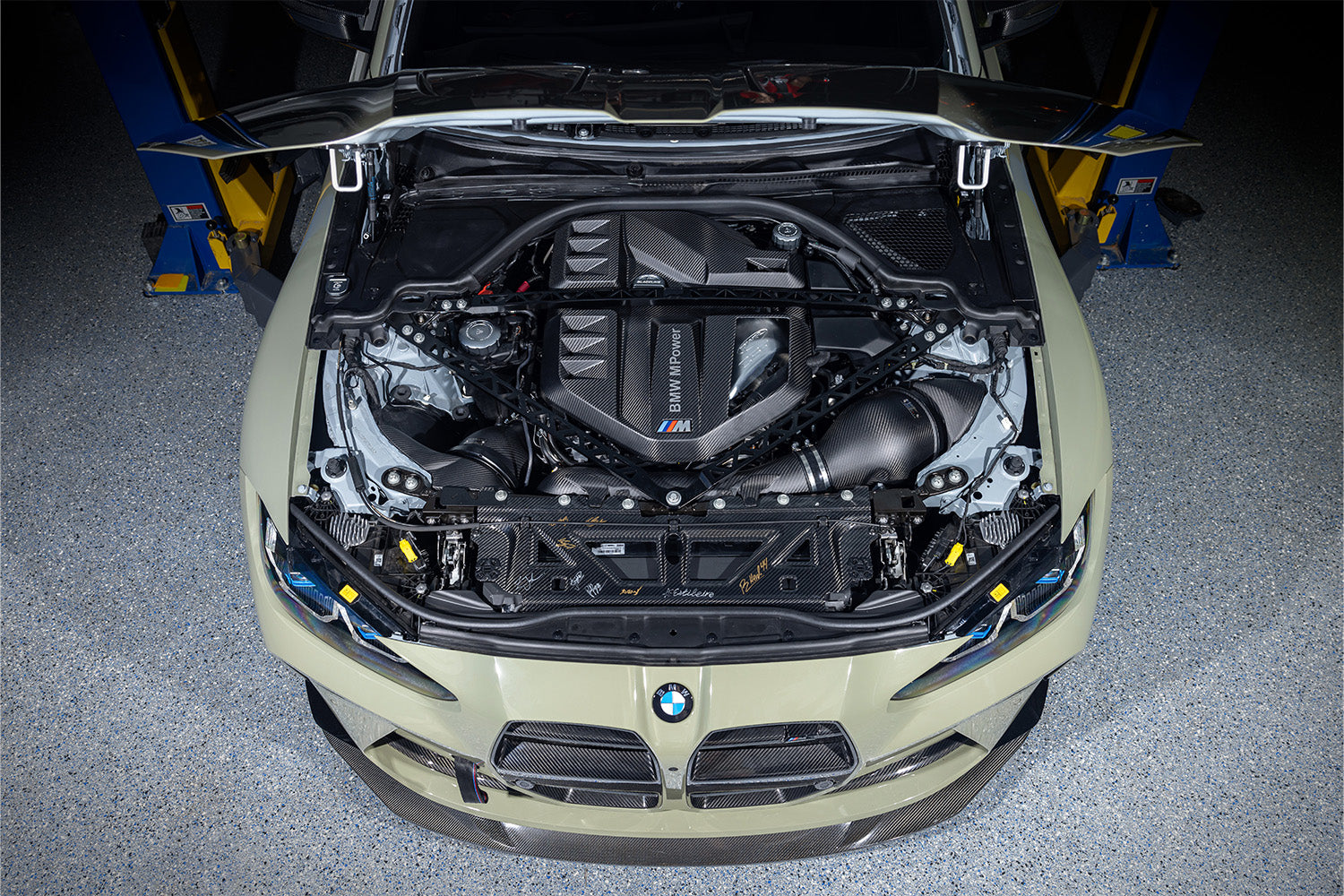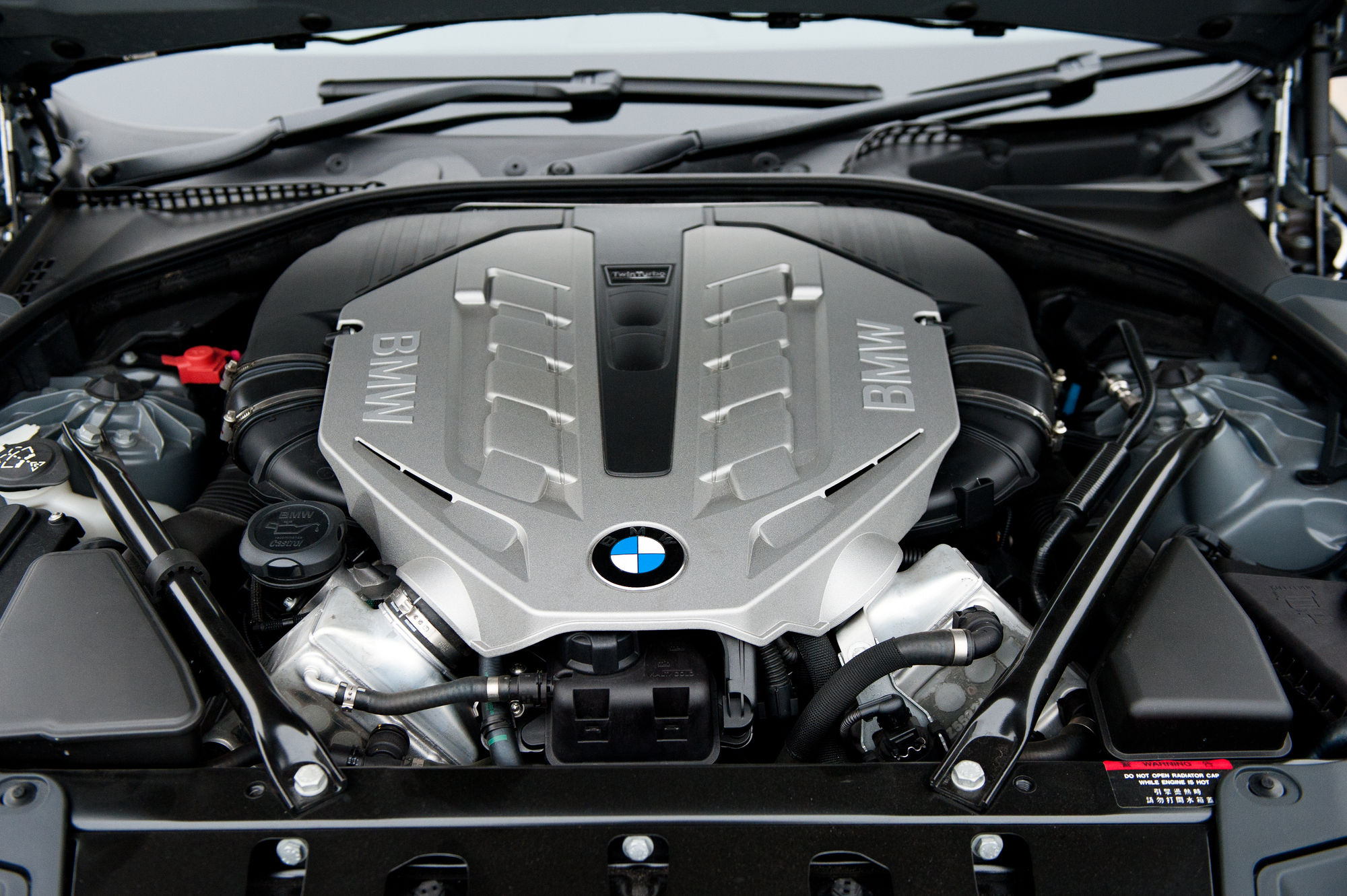Leading 5 BMW Engine Technologies Reinventing the Automotive Market
Leading 5 BMW Engine Technologies Reinventing the Automotive Market
Blog Article
Checking Out the Development of Combustion Engines in Modern Transportation Solutions
As we navigate the landscape of modern-day transport, the development of combustion engines stands as a testament to human ingenuity and design expertise. The interplay of history, modern technology, and ecological worries in forming the trajectory of burning engines creates a story that is both informative and compelling.
Very Early Beginnings of Combustion Engines
How did the concept of burning engines first arise in the onset of transportation growth? When the concepts of internal burning were first checked out, the roots of burning engines can be mapped back to the 17th century. In 1673, Christian Huygens conceived a standard internal burning engine that utilized gunpowder to generate power. It had not been until the late 19th century that sensible applications of combustion engines in transportation started to emerge.
The innovation moment included the development of the very first effective gasoline-powered engine by Karl Benz in 1885 - bmw engine. This engine led the way for the advancement of the modern-day automobile, transforming transport systems worldwide. Succeeding innovations by Nikolaus Otto and Gottlieb Daimler better improved combustion engine innovation, leading to the automation of cars and the quick development of the transport industry
These very early burning engines were identified by their simpleness and effectiveness, laying the structure for the complicated and powerful engines used in modern transportation systems. The development of combustion engines has contributed in shaping the way we take a trip and move items, noting a considerable landmark in the history of transportation growth.
Shift to Internal Combustion Technology
The change to inner burning innovation marked a pivotal shift in the evolution of transport systems. This change began in the late 19th century, with inventors like Nikolaus Otto and Gottlieb Daimler establishing the very first successful inner burning engines. These engines transformed transportation by using a much more effective and powerful alternative to vapor engines and electric motors.
Among the crucial advantages of internal combustion engines was their ability to be reduced to fit into vehicles, causing the development of bikes and cars. This shift from large, stationary engines to portable, mobile ones paved the means for the modern transport systems we see today.
The transition to inner combustion innovation also spurred advancements in gas modern technology, leading to the advancement of fuel and diesel as main fuel resources for cars. This change not just made transport much more available to the masses yet also laid the structure for the oil and gas sector to come to be integral to worldwide economic situations.
Impact of Combustion Engines on Transport
The adoption of combustion engines in transportation systems militarized a profound change in the efficiency and speed of worldwide flexibility. Burning engines transformed transport by providing a reliable and flexible resource of power for numerous vehicles, including vehicles, trucks, ships, and aircrafts. This technology significantly improved the capacity for items and individuals to relocate over long distances in shorter time frames, resulting in raised connection in between areas and countries.
In addition, the prevalent use combustion engines has had a substantial influence on financial advancement. The capability to move items effectively has actually stimulated trade and commerce, allowing businesses to expand their markets and get to customers worldwide. This has actually assisted in economic growth and globalization, as items can currently be delivered quicker and in bigger amounts than ever.
Nonetheless, the environmental impact of burning engines can not be overlooked. The burning of nonrenewable fuel sources has caused air pollution and greenhouse gas emissions, adding to environment adjustment and positioning health risks to populaces. bmw engine. As an outcome, there is a growing focus on establishing alternative propulsion technologies to alleviate these negative results and develop a more sustainable future for transportation
Technologies in Burning Engine Design
Countless advancements in burning engine design have actually moved the development of transportation systems over the decades. One remarkable advancement is the growth of turbocharged engines, which make use of exhaust gases to drive a wind turbine that presses incoming air, permitting even more gas to be scorched, leading to increased power outcome without a significant increase in engine dimension. In addition, direct shot modern technology has improved gas performance and efficiency by precisely managing the amount and timing of gas injected right into the combustion chamber. Variable valve timing systems have additionally revolutionized engine layout by enhancing air flow at various engine speeds, improving both power and efficiency. One more substantial advancement is the assimilation of light-weight materials such as carbon fiber and aluminum alloys, minimizing total engine weight and improving car gas economic situation. Additionally, innovations in computer-aided design have allowed designers to enhance engine efficiency and efficiency through simulations prior to physical prototypes are constructed, conserving time and resources in the growth procedure. These advancements jointly add to the constant enhancement of visit here combustion engines in modern-day transport systems.
Future Trends in Burning Engine Advancement
With innovation advancements driving continual technology, the future of combustion engine growth is positioned to transform transport systems internationally. One of the vital patterns in combustion engine growth is the push in the direction of better performance and lowered discharges. Producers are spending greatly in r & d to boost engine performance while fulfilling strict environmental policies. This consists of the integration of innovative fuel shot systems, improved turbocharging techniques, and making use of light-weight materials to enhance gas usage and lower carbon discharges.
Another famous fad is the fostering of hybrid modern technologies in burning engines. Hybrid engines integrate standard burning technology with electric power, providing enhanced gas performance and lower exhausts. As the vehicle sector shifts towards electrification, hybrid combustion engines are seen as a transitional service that connects the void in between standard vehicles and fully electric ones.
Additionally, the combination of clever modern technologies, such as fabricated intelligence and information analytics, is anticipated to play a significant role in the future of combustion engine development. These technologies can optimize engine performance in real-time, leading to more efficient burning processes and enhanced total vehicle efficiency. Welcoming these future fads will certainly not only drive technology in combustion engine development however additionally contribute to a more sustainable and environmentally friendly transportation ecological community.

Verdict
In verdict, the development of combustion engines in modern-day transportation systems has been marked by considerable developments in technology and layout. From the early beginnings of burning engines to the shift to internal burning innovation, these engines have actually had an extensive influence on transportation.
The roots of burning engines can be traced back to the 17th century when the concepts of interior burning were very first explored. These engines changed transportation by offering an extra effective and effective option to vapor engines and electric motors.

Report this page